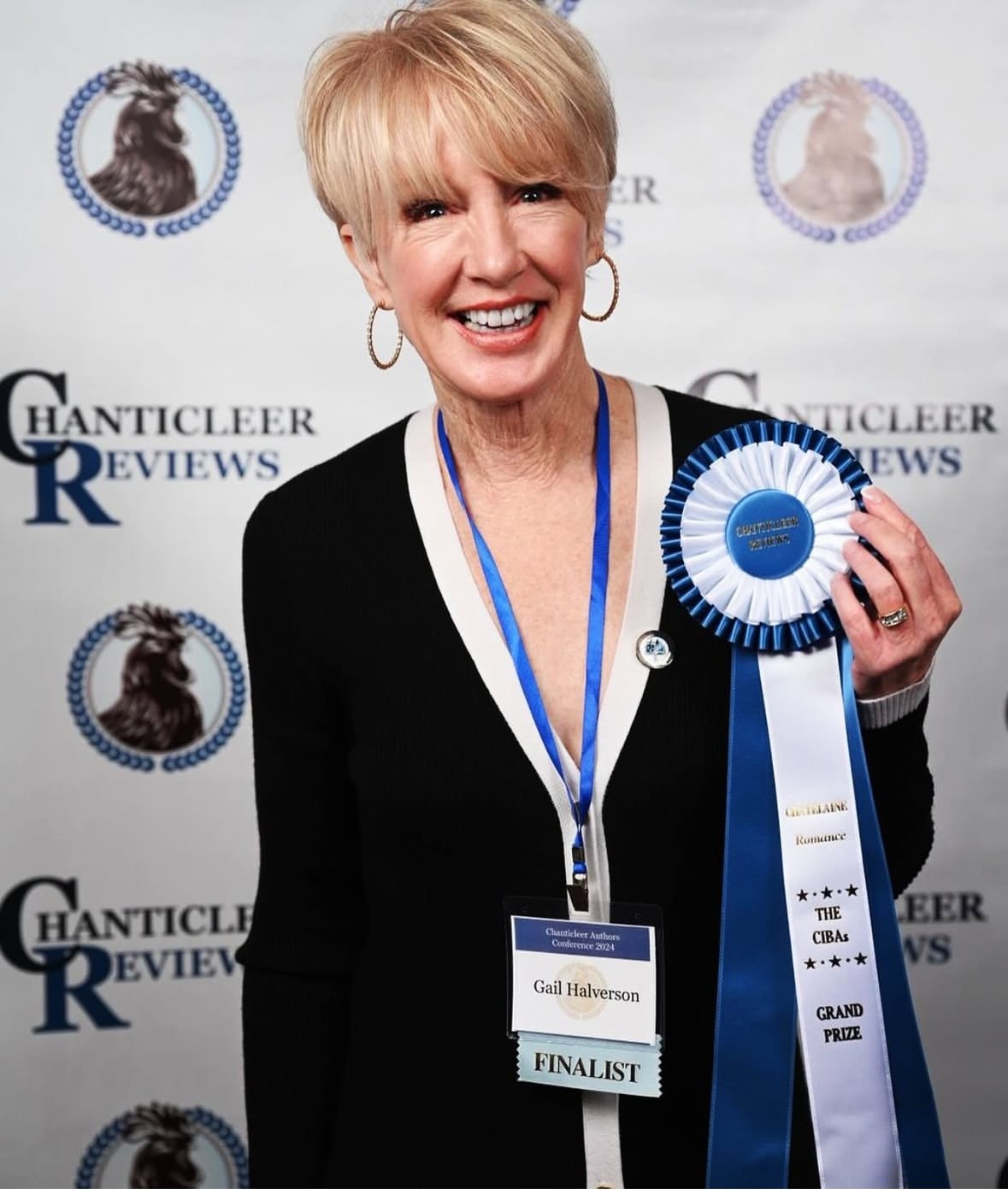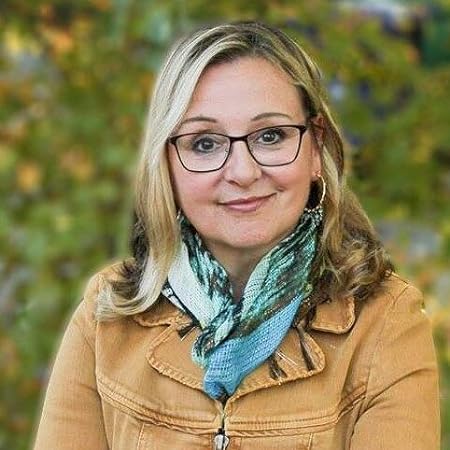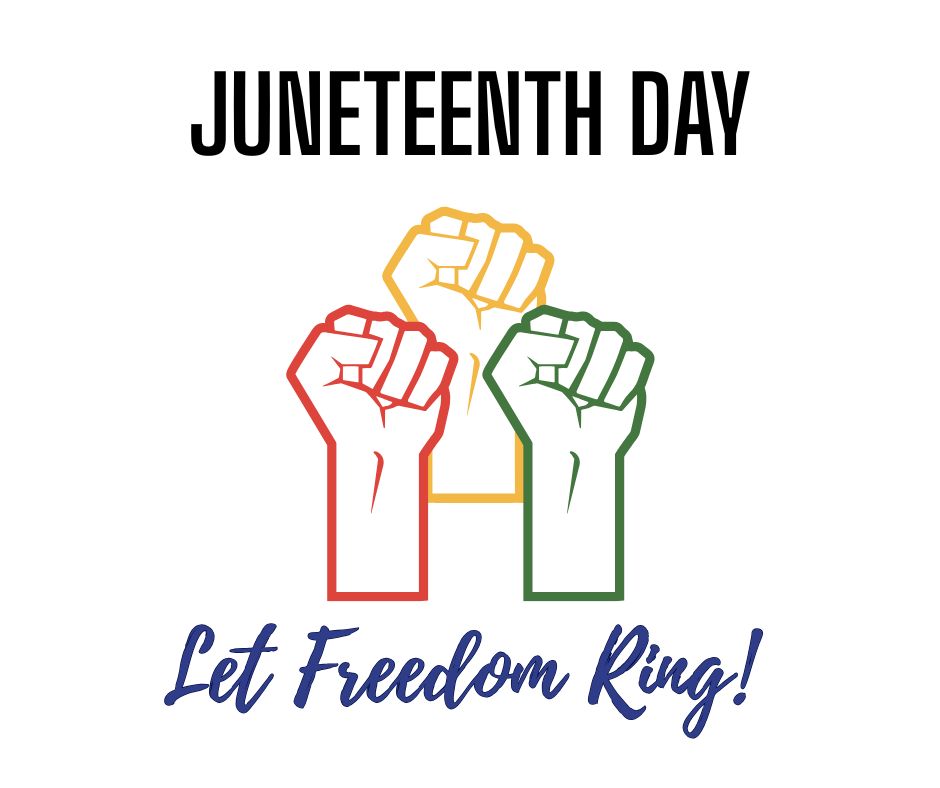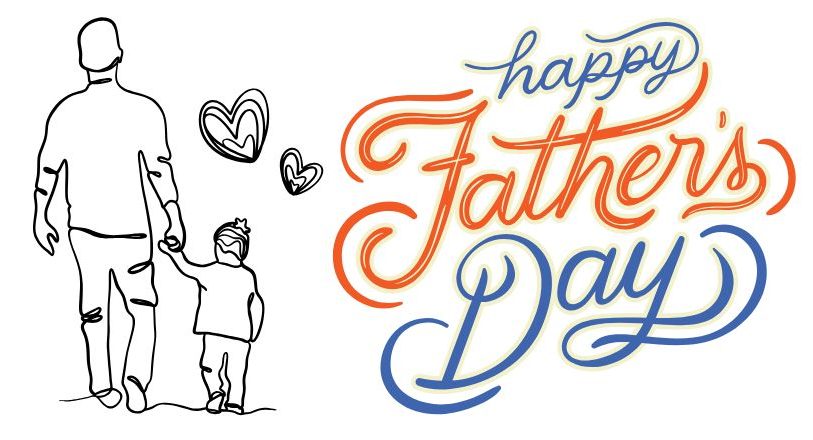|
Listen to or download this article:
|

Studying and Borrowing Techniques from Filmmakers
Let’s discuss using closeup “shots” of your characters in fiction. Filmmakers have a large repertoire of techniques that writers are wise to study and borrow. Closeup camera angles are powerful in film and an important technique fiction writers need to emulate throughout their stories.
When to Use a Wide Angle in Your Scenes
I write many, many notes and suggestions to my editing clients, some within the pages of the manuscript, some included in a long, detailed memo. At times I suggest a wide angle or establishing shot to introduce setting and atmosphere–especially helpful when a character arrives at a new place or when major action is about to go down.

“We’ll always have Paris.” Casablanca Original Book: Everyone Comes to Rick’s by Murray Bennett and Joan Alison in 1940.
When to Use Closeups
However, I’m certain that every story I’ve worked on needed more ‘closeup’ shots of characters, so I suggest when to bring the viewpoint– fiction’s camera lens–closer. In film or television the director and cameraman have lots of choices about how to use distance to achieve drama. There are full shots, medium, long, POV, closeup and extreme closeups. A closeup shot tightly frames the actor’s face and signals significance. They’re typically used to portray deep emotions and create connection between audience and actor. There are also ‘extreme close-ups’ where the camera lingers on a subject, usually the actor. But close-ups can also focus on hands and body parts, props, jewelry, or other objects of interest.
Be Cognizant of What You Are Revealing to Your Readers in Your Closeups
Obviously closeups are intimate because they’re revealing. They showcase significant emotions, realizations, decisions, and important moments or actions. They also reveal when characters have something to hide.

When Harry Met Sally – The SCENE that set the story. By Nora Ephron
Romance films and dramas employ these shots especially when characters are surprised, shocked, filled with dread, or when feelings shift. Closeups, naturally, are often used in horror and suspense films to increase the audience members’ heartbeat. Alfred Hitchcock was fond of using them, such as in the grisly shower scene in Psycho. You know the one.
- Convey important moments, reversals, revelations.
- Enhance threat and danger.
- Enhance evil and malevolence.
- Shock value as when a monster or villain is in the frame.
- Focus on, reveal a character’s state of mind.
- Slow the pacing.
- Portray damage, pain, the cost paid by characters.
- Allow readers to see the world through the character’s eyes. * See The Eyes Have It post link below.
- Reveal closeness, intimacy, estrangement, coldness between characters.
- Suggest or define character arc.
- Show other ‘sides’ of a character, including subtler traits.
- Illustrate a character’s emotional bandwidth, as in how she or he handles the best of times and the worst of times.
- In scenes that contain violence, brutality, or horror, a closeup amplifies the dangers as in the ‘here’s Johnny’ moment in The Shining when Jack Torrence, played by Jack Nicholson is terrorizing his family. Notice how it’s clear that he’s sunk into madness.

The unforgettable “Here’s Johnny” scene in The Shining.
As you’re revising, make sure that during the most poignant moments in the story, readers are pulled in. Allow your readers to witness emotions flickering across the character’s face. Let them sense what’s churning beneath a character’s exterior.
Notice Beth’s hands, her eyes, her posture. The juxtaposition of the watch she wears versus the clock on the wall. Her black and white dress adjacent to the black and white chess board. See how she is capturing the white pawns.
Here is the link to the Eyes Have It Post
Keep writing, keep dreaming, use your voice
Jessica Morrell is a top-tier developmental editor and a contributor to Chanticleer Reviews Media and to the Writer’s Digest magazine. She teaches Master Writing Craft Classes along with sessions at the Chanticleer Authors Conference that is held annually along with teaching at Chanticleer writing workshops that are held throughout the year.
Jessica Classes and Workshops at CAC22
-
-
-
-
-
- Using Film Techniques for Fiction Writers – Camera angles, method acting for getting into a character’s pov, and creating subtext and tight dialogue
-
-
- Your Brain on Writing
- Captivating Co-Stars that add depth to your work-in-progress
-
-










Leave A Comment